 Greetings from Helmand Province, in southwestern Afghanistan, the world’s largest opium-producing region, and the scene of some of the heaviest fighting between Taliban and NATO forces in recent years. My new location is Camp Leatherneck, which sits in an arid basin with an unobstructed view of the surrounding plain. On most days, there’s not much to see.
Greetings from Helmand Province, in southwestern Afghanistan, the world’s largest opium-producing region, and the scene of some of the heaviest fighting between Taliban and NATO forces in recent years. My new location is Camp Leatherneck, which sits in an arid basin with an unobstructed view of the surrounding plain. On most days, there’s not much to see.
 Camp Leatherneck was created in 2008 to provide a headquarters for US Marine Expeditionary Forces in southwestern Afghanistan. The base is in the middle of nowhere and was created from nothing. Most structures are prefab CONEX boxes such as the housing units to the right. I live in one of these metal boxes. It’s 7’x 20’, complete with electricity, a bunk bed, HVAC and a window. It’s quiet and comfortable. I even have wifi.
Camp Leatherneck was created in 2008 to provide a headquarters for US Marine Expeditionary Forces in southwestern Afghanistan. The base is in the middle of nowhere and was created from nothing. Most structures are prefab CONEX boxes such as the housing units to the right. I live in one of these metal boxes. It’s 7’x 20’, complete with electricity, a bunk bed, HVAC and a window. It’s quiet and comfortable. I even have wifi.
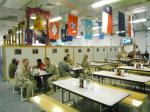 Here’s one of the seven chow halls on the base. The food is pretty good. I’m impressed that they can get fresh fruits and vegetables here. I think they’re flown in from New Jersey. The cooking staff are from India. Every Saturday night, we have an excellent Indian buffet with all the trimmings. It’s a nice change from the American fare that we have the rest of the week.
Here’s one of the seven chow halls on the base. The food is pretty good. I’m impressed that they can get fresh fruits and vegetables here. I think they’re flown in from New Jersey. The cooking staff are from India. Every Saturday night, we have an excellent Indian buffet with all the trimmings. It’s a nice change from the American fare that we have the rest of the week.
Here’s the Education Center where classes are held. The proud gentleman  standing here for his photo is Ted — our Education Services Officer. In addition to Ted, there are field reps from the University of Maryland and Central Texas College, as well as a testing specialist, a counselor and a computer IT guy. And then, there’s me. I teach the classes.
standing here for his photo is Ted — our Education Services Officer. In addition to Ted, there are field reps from the University of Maryland and Central Texas College, as well as a testing specialist, a counselor and a computer IT guy. And then, there’s me. I teach the classes.
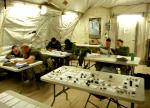 This term, I’m teaching geology and computer science. Shown here are some of my geology students, hard at work. One of the best benefits that U.S. soldiers have is access to college education – for free. Both on-line and face-to-face classes are offered at most military bases overseas. Sadly, many of our soldiers work too many hours to take advantage of these small college classes brought right to their doorstep.
This term, I’m teaching geology and computer science. Shown here are some of my geology students, hard at work. One of the best benefits that U.S. soldiers have is access to college education – for free. Both on-line and face-to-face classes are offered at most military bases overseas. Sadly, many of our soldiers work too many hours to take advantage of these small college classes brought right to their doorstep.
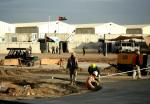
Although the U.S. will begin withdrawing its forces from Afghanistan in the next year or so, Camp Leatherneck is still experiencing a major construction boom with new roads and buildings being built all the time. Living here is like living on a construction site with all the heavy equipment moving around all the time. In the background of the photo to the right, you’ll see Jordanian soldiers playing soccer. I was surprised to learn that Jordan provides soldiers to this war effort.
 Camp Leatherneck has a total population of about 18,000. Like any city of this size, it has all the usual issues, including waste disposal. I’ve included a photo of Camp Leatherneck’s garbage dump because … it’s huge. It’s the highest elevation of any point in Camp Leatherneck, and perhaps the highest point in this part of Afghanistan.
Camp Leatherneck has a total population of about 18,000. Like any city of this size, it has all the usual issues, including waste disposal. I’ve included a photo of Camp Leatherneck’s garbage dump because … it’s huge. It’s the highest elevation of any point in Camp Leatherneck, and perhaps the highest point in this part of Afghanistan.
 Camp Leatherneck has a busy feel to it. There’s air and ground traffic in and out of the base night and day, with activity going on 24/7. Here’s a typical personnel carrier with an ambush resistant metal cage.
Camp Leatherneck has a busy feel to it. There’s air and ground traffic in and out of the base night and day, with activity going on 24/7. Here’s a typical personnel carrier with an ambush resistant metal cage.
 January and February are the rainy months in southern Afghanistan. In geology class, my students are learning about the drainage problems that are often associated with old deserts. With a hard desert pan just below the surface, water isn’t quickly absorbed into the soil. So, after a heavy rain here, puddles last for about a week …
January and February are the rainy months in southern Afghanistan. In geology class, my students are learning about the drainage problems that are often associated with old deserts. With a hard desert pan just below the surface, water isn’t quickly absorbed into the soil. So, after a heavy rain here, puddles last for about a week …
 … and with no sidewalks, the dust turns into mud. Here at Camp Leatherneck, everyone’s boots are the same color — BROWN.
… and with no sidewalks, the dust turns into mud. Here at Camp Leatherneck, everyone’s boots are the same color — BROWN.
 Another common sight at Camp Leatherneck is barbed wire. There are miles of it, surrounding the base. For security reasons and for my own safety, I’m not allowed to go outside “the wire.” I’m not sure I’d want to even if I could. I have plenty to do to keep me busy inside. I still have a lot of reading to do.
Another common sight at Camp Leatherneck is barbed wire. There are miles of it, surrounding the base. For security reasons and for my own safety, I’m not allowed to go outside “the wire.” I’m not sure I’d want to even if I could. I have plenty to do to keep me busy inside. I still have a lot of reading to do.
 At the end of the day, we often get brilliant sunsets. Here’s the same landscape as the first photo — the same flat landscape. My current teaching term ends on March 10th, and that’s when my contract with Maryland will end. I’ve already got my e-tickets in hand. Next stop — Thailand.
At the end of the day, we often get brilliant sunsets. Here’s the same landscape as the first photo — the same flat landscape. My current teaching term ends on March 10th, and that’s when my contract with Maryland will end. I’ve already got my e-tickets in hand. Next stop — Thailand.
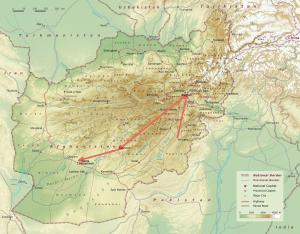
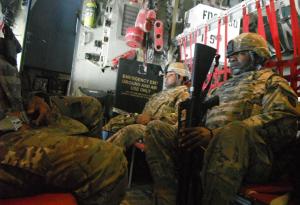
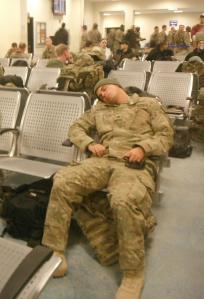
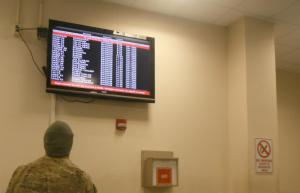
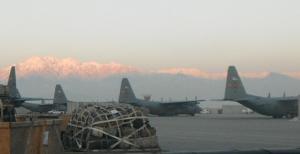
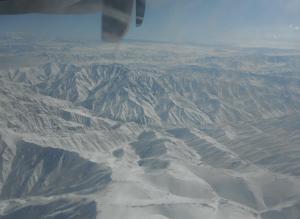
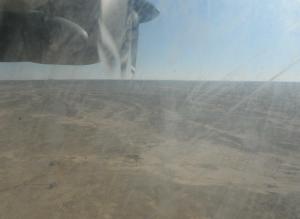
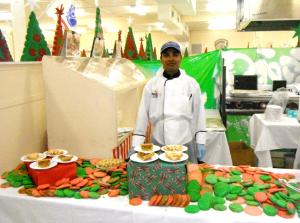
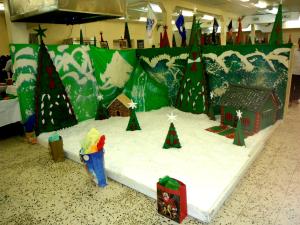

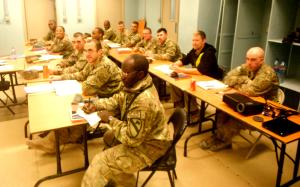
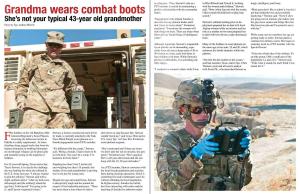
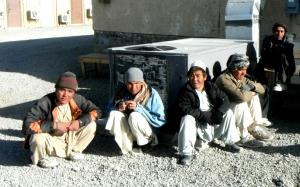
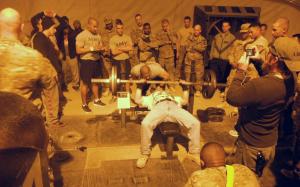
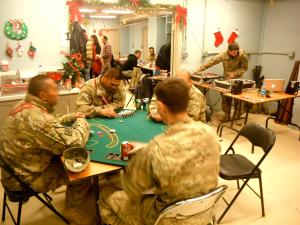
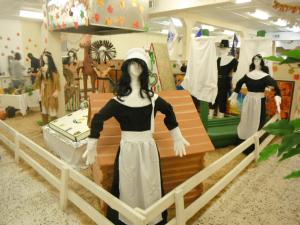
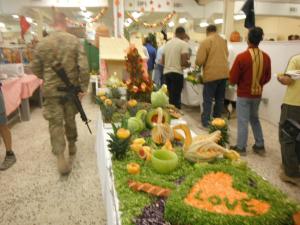
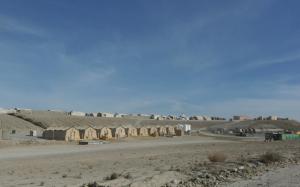
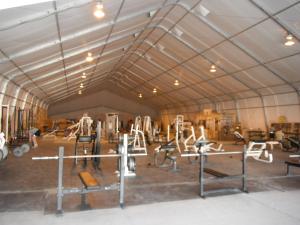
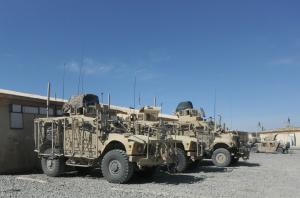
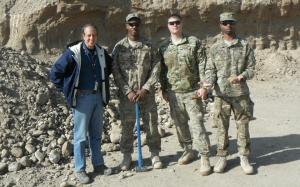
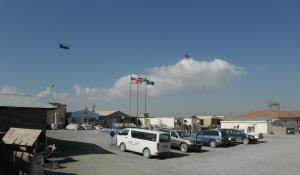
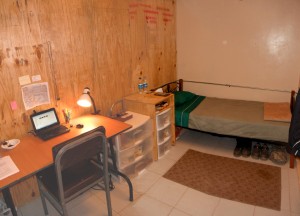
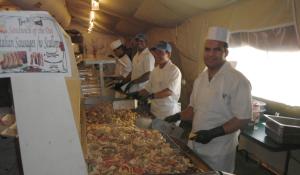
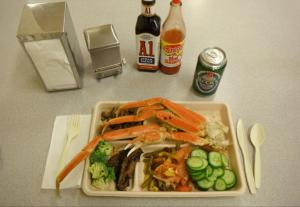
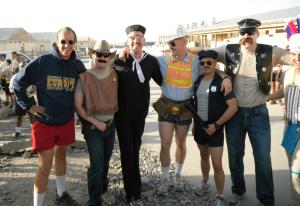
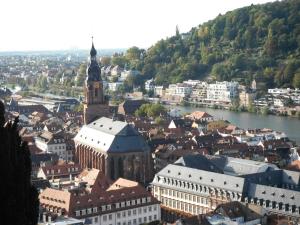
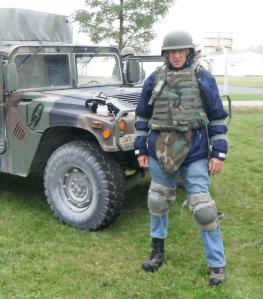
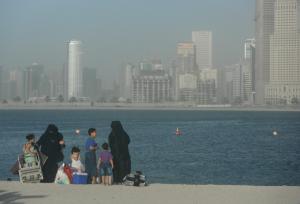
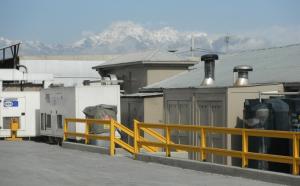
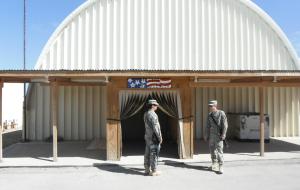
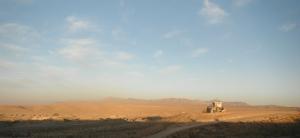
Recent Comments